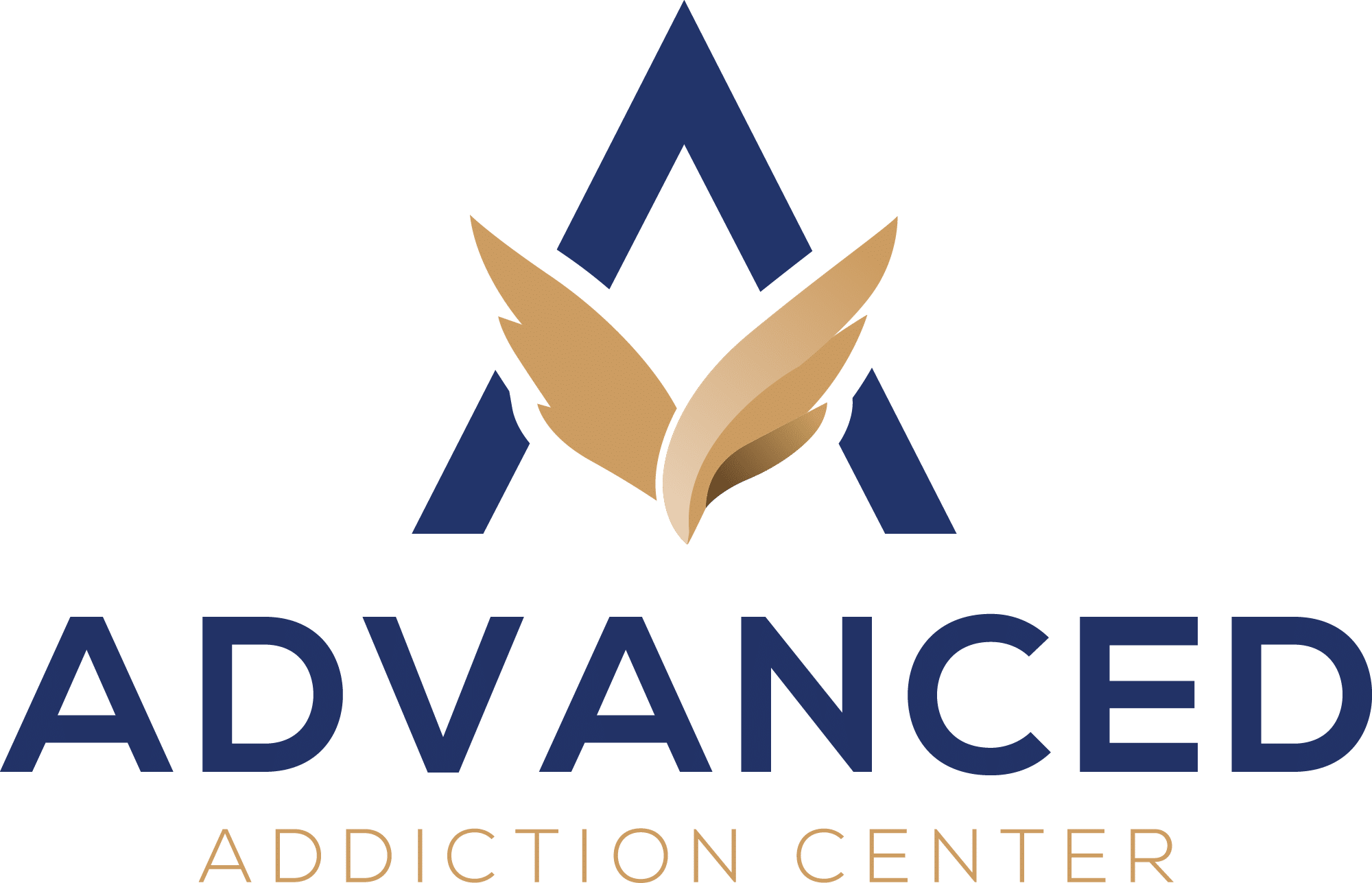Understanding Cephalexin and Its Role in Pain Management
Cephalexin and Pain Management: Alternatives to Opioids. Cephalexin is an antibiotic that belongs to the first-generation cephalosporin class. It is commonly prescribed for its effectiveness against various bacterial infections. This medication works by disrupting the synthesis of bacterial cell walls, which ultimately leads to the death of harmful bacteria in your body.
Primary Uses of Cephalexin:
- Treatment of respiratory tract infections
- Management of skin and soft tissue infections
- Fighting urinary tract infections
- Addressing bone and joint infections
The medication’s ability to target specific bacterial strains makes it particularly valuable in treating infections that can cause significant pain and discomfort. When bacterial infections trigger inflammation and pain, Cephalexin’s antimicrobial properties help eliminate the root cause.
Pain Management Benefits:
- Reduces infection-related inflammation
- Decreases pressure on affected tissues
- Helps resolve infection-induced pain
While Cephalexin isn’t a direct pain reliever like opioids, its role in pain management stems from its infection-fighting capabilities. By effectively treating the underlying bacterial infection, you’ll experience natural pain relief as your body heals.
The standard dosage varies based on the type and severity of infection, typically ranging from 250mg to 1000mg taken every 6-12 hours. Your healthcare provider will determine the appropriate dosage based on your specific condition and medical history.
The Opioid Crisis and the Need for Safer Alternatives
The opioid crisis has become one of America’s biggest public health challenges. Every day, 130 Americans die from opioid-related overdoses, causing widespread effects on communities and healthcare systems.
The Dilemma for Healthcare Providers
Healthcare providers face a difficult situation: finding a way to manage pain effectively while also considering the risks of opioid dependency. The statistics tell a clear story:
- 21-29% of patients prescribed opioids for chronic pain misuse them
- 8-12% develop an opioid use disorder
- 4-6% transition to heroin use
The Risks of Traditional Opioids
Traditional opioids, such as hydrocodone, come with significant risks beyond addiction:
- Physical dependence
- Tolerance development
- Respiratory depression
- Cognitive impairment
- Severe withdrawal symptoms
These issues have created an urgent need for safer alternatives to manage pain. Medical professionals now understand the importance of using multiple approaches that limit opioid use while still providing effective pain relief.
The Impact on Families and Communities
The risks associated with opioids go beyond individual patients – families, healthcare systems, and communities also suffer from the widespread use of these drugs. Healthcare providers are seeing more emergency room visits, strained resources, and higher treatment costs due to problems related to opioids.
A Shift in Prescribing Practices
In response to this crisis, the medical community is making changes in how they prescribe opioids. They are now giving lower doses for shorter periods of time, closely monitoring patients, and looking into other ways to manage pain. This shift shows that there is a growing understanding that long-term use of opioids isn’t always necessary for effective pain control.
Understanding the difference between opiates and opioids can play a crucial role in making informed decisions about managing pain and reducing the risks of dependency.
Exploring Non-Opioid Pain Relief Options
The medical community has developed several effective alternatives to opioids for pain management. These options provide relief while minimizing addiction risks.
1. Buprenorphine
- A partial opioid agonist that offers pain relief with lower dependency potential
- Helps manage both acute and chronic pain
- Available in various forms including patches and sublingual tablets
2. NSAIDs (Non-Steroidal Anti-Inflammatory Drugs)
- Reduce inflammation and pain at the source
- Include common medications like ibuprofen and naproxen
- Effective for both short-term and chronic pain conditions
- Work by blocking specific pain-causing enzymes
3. Adjuvant Medications
- Gabapentin and pregabalin target nerve-related pain
- Originally developed for epilepsy but proven effective for pain management
- Help reduce the need for stronger pain medications
- Particularly useful for conditions like fibromyalgia and neuropathic pain
4. Combination Approaches
- Using multiple non-opioid medications together can enhance pain relief
- Different mechanisms of action complement each other
- Lower doses of each medication reduce potential side effects
- Customizable treatment plans based on individual pain patterns
These medication options can be adjusted based on pain severity, medical history, and specific conditions. Your healthcare provider can help determine the most appropriate combination for your situation.
Integrating Holistic Approaches in Pain Management
Holistic treatment methods offer powerful complementary strategies to traditional pain management approaches. These natural techniques target both physical discomfort and emotional well-being, creating a balanced healing environment for your body and mind.
Yoga: A Versatile Practice for Pain Relief
Yoga stands out as a versatile practice that combines gentle movement with breath awareness. Regular yoga sessions can:
- Reduce muscle tension
- Improve flexibility
- Enhance body awareness
- Decrease stress-related pain
Meditation and Mindfulness: Tools for Transforming Your Relationship with Pain
Meditation and Mindfulness practices provide tools to change your relationship with pain through:
- Breath-focused techniques
- Body scanning exercises
- Guided imagery
- Present-moment awareness
These practices help you develop a deeper understanding of pain triggers and responses. Research shows mindfulness can reduce pain intensity by altering pain perception in the brain.
Personalized Holistic Treatment at Advanced Addiction Center
At Advanced Addiction Center, we incorporate these holistic approaches into personalized treatment plans. Our qualified practitioners guide you through specific techniques tailored to your pain management needs, helping you build sustainable coping strategies for long-term wellness.
Evidence-Based Treatments Tailored to Individual Needs at Advanced Addiction Center
The Advanced Addiction Center in Medford, Massachusetts delivers personalized treatment programs backed by proven clinical research. You’ll find a range of specialized care options:
- Outpatient Programs – Flexible scheduling with individual and group therapy sessions designed around your daily commitments
- Intensive Outpatient (IOP) – Structured treatment combining therapy with practical coping skills development
- Dual Diagnosis Treatment – Integrated care addressing both substance use and mental health challenges simultaneously
The center’s client-centered approach means your treatment plan adapts to your specific needs and circumstances. Each program incorporates evidence-based therapies like Cognitive Behavioral Therapy (CBT) alongside specialized counseling services. Treatment teams regularly assess and adjust your care plan based on your progress and response to different therapeutic approaches.
For those grappling with opioid addiction, the center offers comprehensive opioid rehab programs that include Medication-Assisted Treatment (MAT), behavioral therapies, and dual diagnosis support. Taking that first step toward overcoming addiction can be transformative, and Advanced Addiction Center is here to help.
Embracing a Comprehensive Approach to Pain Management Without Opioids
Your path to effective pain management doesn’t need to rely on opioids. A combination of Cephalexin and non-opioid alternatives can provide relief while minimizing addiction risks. Consider these proven strategies:
1. Medical Solutions
- Cephalexin for infection-related pain
- NSAIDs for inflammation
- Adjuvant medications like gabapentin
2. Holistic Practices
- Regular meditation sessions
- Targeted yoga exercises
- Mindfulness techniques
At Advanced Addiction Center, you’ll find support in developing a personalized pain management plan that combines these approaches. Call us at (781) 560-6067 to discuss safe, effective alternatives that align with your healing journey.








